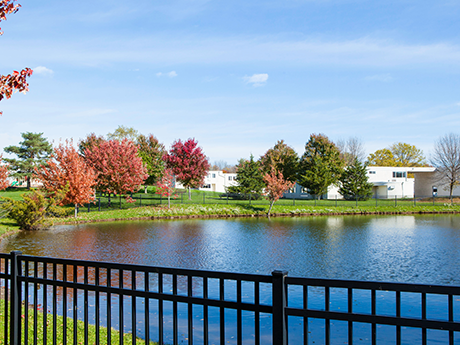FAIRPORT, N.Y. — WinnCompanies has secured $137 million in financing to renovate the Pines of Perinton, an affordable housing community in Fairport, which is about 10 miles southeast of Rochester, New York. The project will preserve affordability provisions for the next 40 years. Various income categories were not disclosed. WinnCompanies acquired the property in late 2019.
The Pines was designed and constructed by New York State’s Urban Development Corp. (UDC) between 1972 and 1976, and, according to WinnCompanies, was one of the first affordable housing developments built in the area. The original architect on the project was Gwathmey Siegel, a firm founded in 1967 in New York City that is well known for its residential designs, counting celebrities such as Steven Spielberg among its clients. The Pines of Perinton was recently listed in both the New York State and National Registers of Historic Places.
All 508 units will be updated, and the 1,191 current residents will be housed during construction. The work is expected to be completed by the fall of 2025.
The 43-acre site consists of five buildings arranged as a long, two-story complex with each cluster containing its own covered and surface-parking areas and both communal and private green spaces. The 420,000-square-foot property features flats and townhouse-style housing with studio, one-, two-, three- and four-bedroom apartments. Amenities include a community building, maintenance shops, four laundry rooms, pathways and benches, a pond, a playground and a gazebo area.
New York State Homes and Community Renewal (NYSHCR) financing for the $137 million project included $42 million in federal Low-Income Housing Tax Credits (LIHTC), about $14 million in federal historic tax credits, $5.1 million in state LIHTC equity, $5.3 million in state historic tax credits through the New York State Historic Preservation Office (NYSHPO). Funding also came from the New York State Energy Research and Development Authority (NYSERDA), Fairport Electric and the developer.


